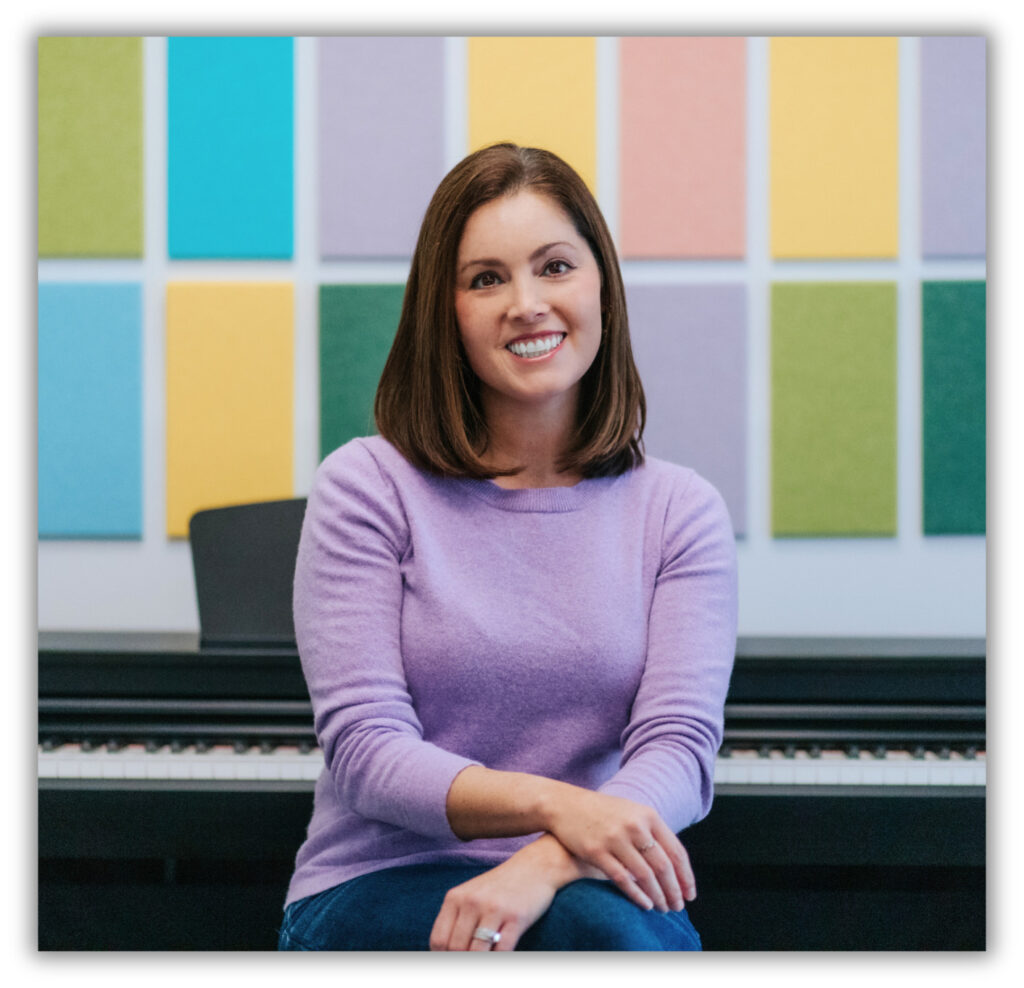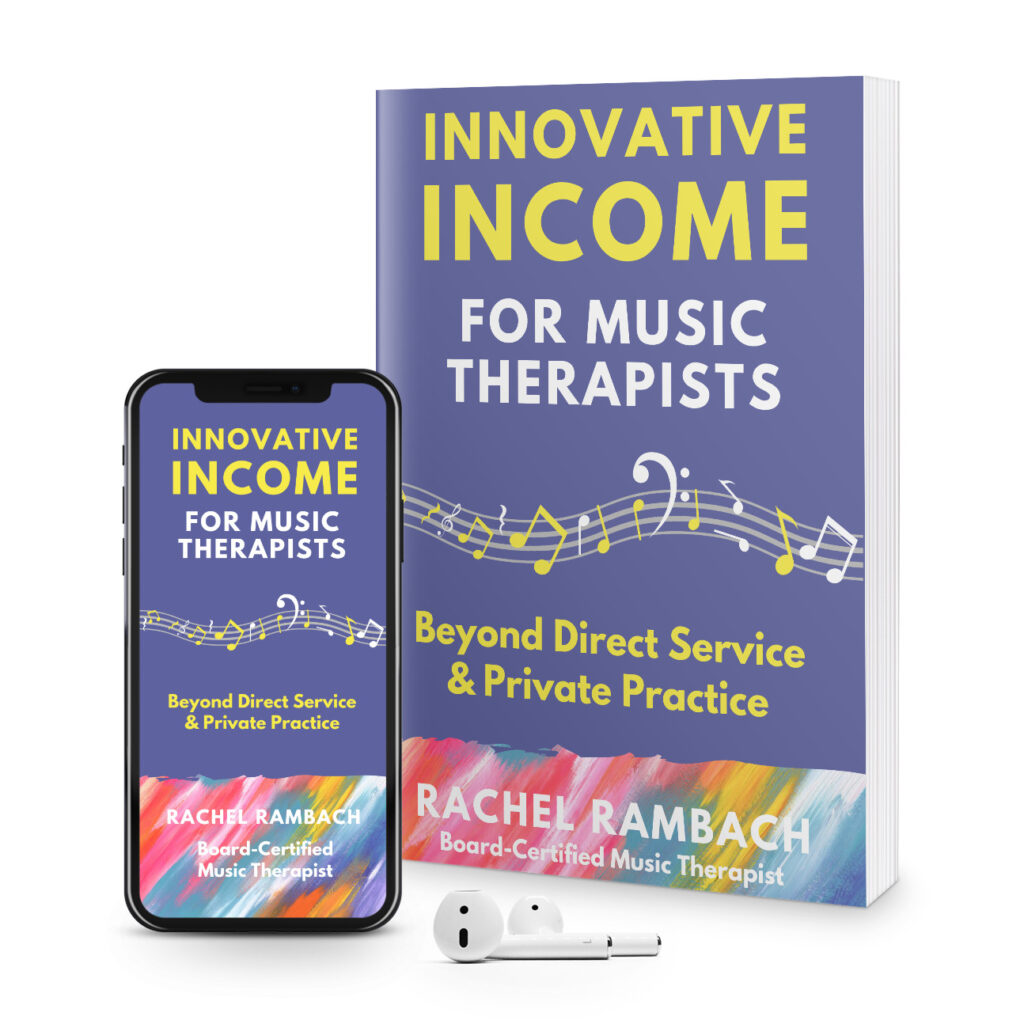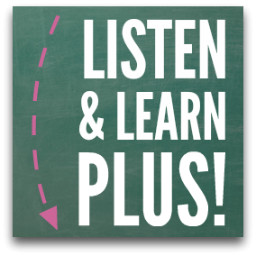by Rachel | Listen & Learn Music
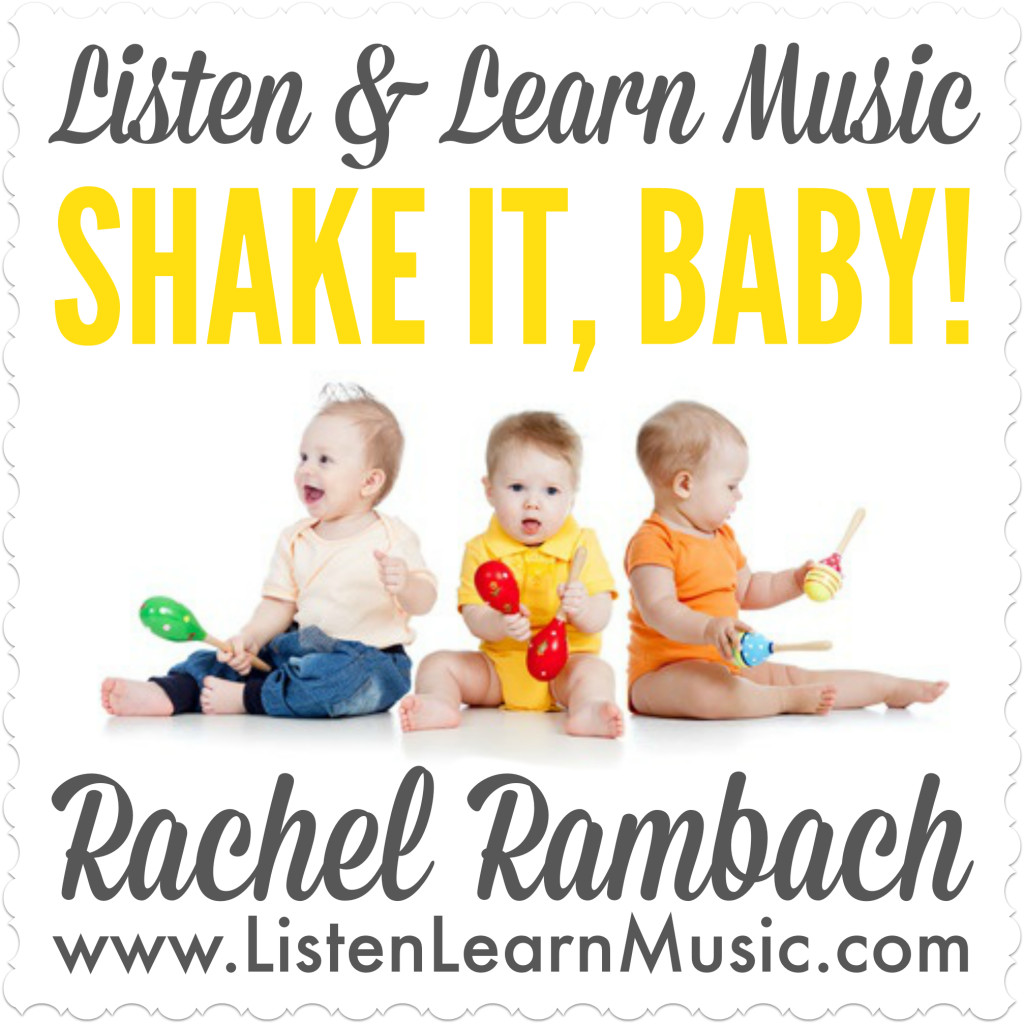
Last week during our music therapy intern’s supervision meeting, we asked her to make a list of songs that could be used with shakers. After she named a few, my business partner Katey and I couldn’t help but chime in with our own favorites. In just minutes, we had a super long list of both original and familiar songs perfect for shaking along.
One of my most frequently used shaker songs is an original that I wrote for one of my music classes a while back. It’s one of those easily adaptable, learn-in-5-minutes, back pocket tunes that works in a variety of settings.
This song also happens to be super popular amongst the 2-year-old crowd; my son and his friends are big fans and request it frequently. Parker now wants to sing every song “fast, slow, up high, and down low” and I think this song might be the reason why ;)
What shaker songs top YOUR list of favorites? If you need more shakin’ inspiration, consider joining Listen & Learn Plus! Members have instant access to tons of instrument songs right inside the Dropbox folder I share with them.
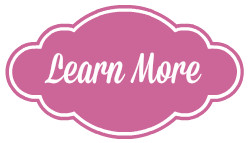
by Rachel | Listen & Learn Music
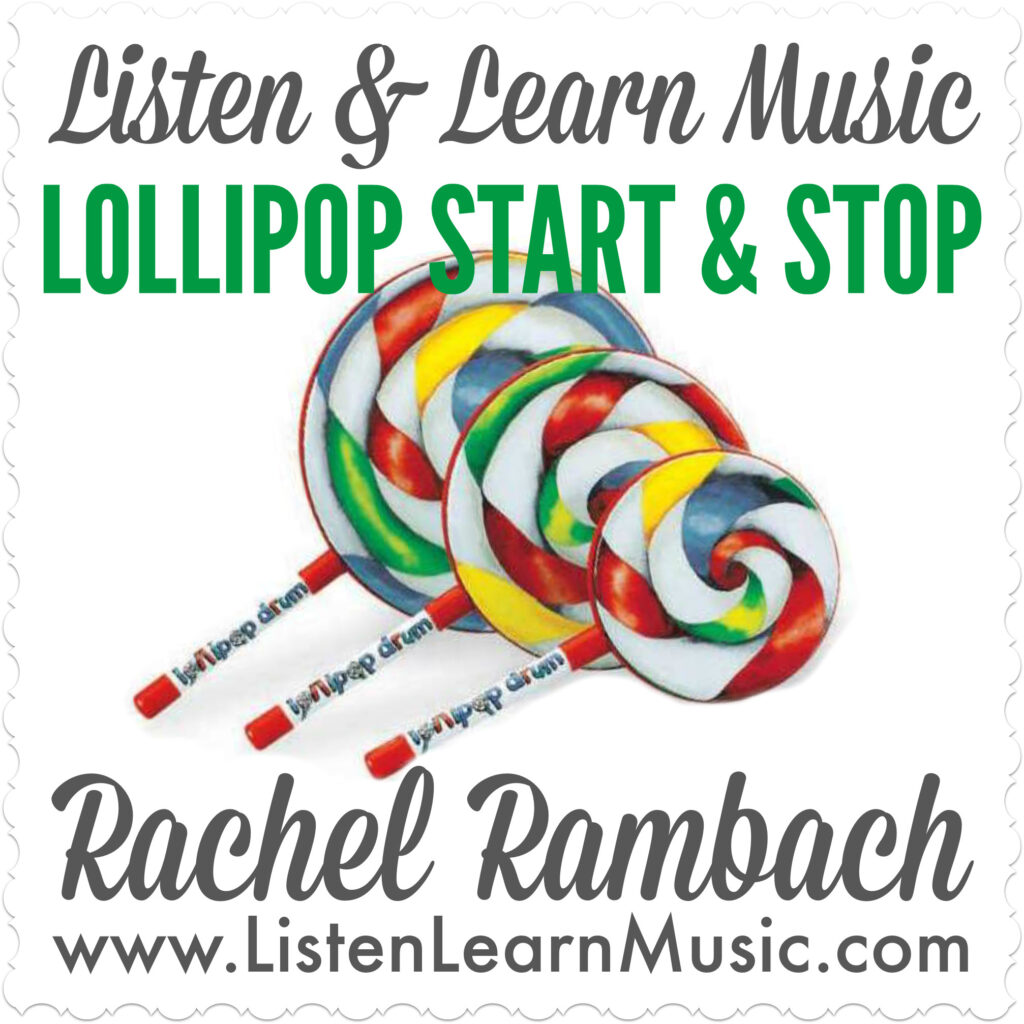
For some reason, telling kids to “freeze” while playing an instrument is a whole lot more effective than just asking them to stop. The part where they have to wait is deliciously excruciating for everyone involved — okay, delicious for me, and mostly just excruciating for them ;)
That’s the basic concept of Lollipop Start & Stop, but not only do they have to listen for the words “freeze” and “go”, but they also have to watch for hands raised and thumbs up. I’m all about getting as many senses involved as possible, as you know by now.
Lollipop drums are always SUCH a hit (pun intended) because they are colorful and fun to play, and I like them because they aren’t too loud compared to bigger drums. Just this morning I had 15 or so toddlers playing them in my early childhood class, and they were surprising amazing at stopping and starting at the appropriate times.
This song is super adaptable in that you can change the words and signals used to let kiddos know when to play and stop. I think I’m going to have a good time keeping them on their toes each time we sing this one!
P.S. Did you know that you can gain instant access to a vast collection of over 200 songs (mp3, lead sheet, and instrumental track), videos, tutorials, and visual aides, plus ALL new releases from Listen & Learn Music?

by Rachel | Listen & Learn Music
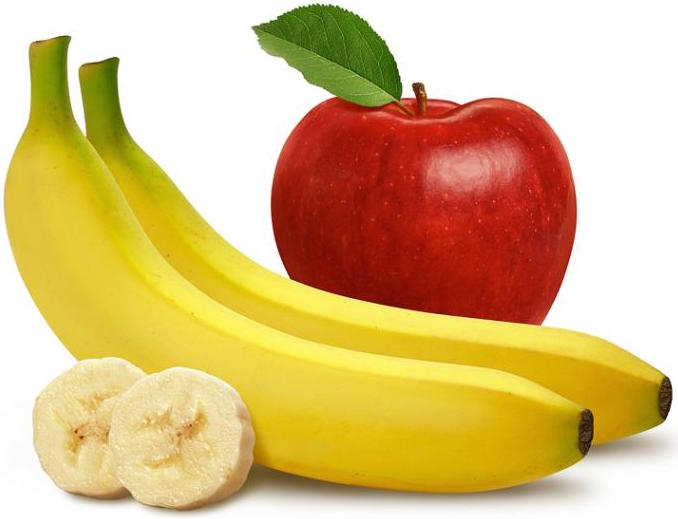 It’s no secret that most of the songs I use in music therapy sessions, groups and classes are originals that I’ve written myself. I’m a firm believer in tailoring materials to my individual clients and groups of students, which is much more easily done when I’m composing the lyrics and melodies.
It’s no secret that most of the songs I use in music therapy sessions, groups and classes are originals that I’ve written myself. I’m a firm believer in tailoring materials to my individual clients and groups of students, which is much more easily done when I’m composing the lyrics and melodies.
But there is certainly a place for familiar songs in those settings, especially where young children and their families are concerned. When I’m creating curricula for my early childhood classes, I always make sure to intersperse a few songs most people will know and be able to sing along with right away.
Familiar music creates a feeling of belonging and encourages stronger participation. If children see their parents or caregivers singing along, they are much more likely to try and do the same. I have an arsenal of favorites, and Apples and Bananas is most definitely one of them. Here’s the version that I recorded for a recent class.
You probably learned this song before you hit kindergarten; in fact, my two-year-old son came home singing it a few weeks ago. “Apples and Bananas” is silly and a bit nonsensical, but it’s also great for working on the concept of vowels and the sounds that they make.
In addition to the original songs that I share here, I’ll also be posting more of my favorite “classics” from time to time. What are some of yours? The beginning of the school year is always a repertoire-building frenzy for me!
by Rachel | Resources & Tips
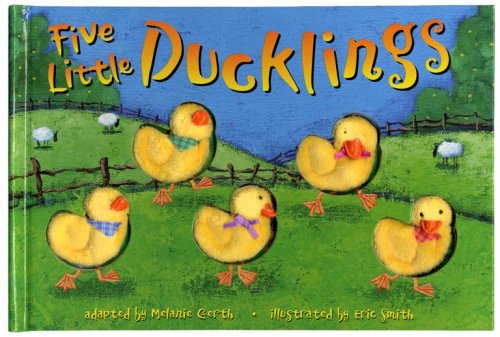
Earlier this week as I organized all of my singable stories on the bookshelves of our brand new studio, I took note of my favorites and those that have been most effective in classes and music therapy sessions. Five Little Ducklings ranks in the top 10, although if you ask my son Parker, he will tell you it’s #1.
I’ve shared other Melanie Gerth books here on the blog before, but this one takes the cake for a few reasons. First of all, the ducks: they are big, colorful, and fuzzy. They’ve stood the test of time (I’ve had this book for 7+ years!) and still look good as new. Second, there’s counting involved as in all of her books; I like that there are only five ducks to count and therefore it’s a bit shorter than the others. This fits my younger kiddos’ attention spans — or lack thereof — quite well.
And third, the familiar melody is easy for little ones to learn and remember. I think Parker had the entire song memorized after one or two listens, and he’s 2. (Of course, at this point he could sing it in his sleep, as we listen to it on every single car ride.)
I have used this singable story in my early childhood classes, both with the book and as a standalone song. If you don’t have the actual book, you could make picture cards to go with it or even have your students “act out” the story. Another way to get creative with it is to change the ducklings to other animals and replace “quack, quack, quack” with the appropriate sounds.
I’m on the hunt for some fresh new singable stories to add to my collection, so please share your favorites with me! You can find a whole heap of singable stories I’ve shared right here.
by Rachel | Listen & Learn Music
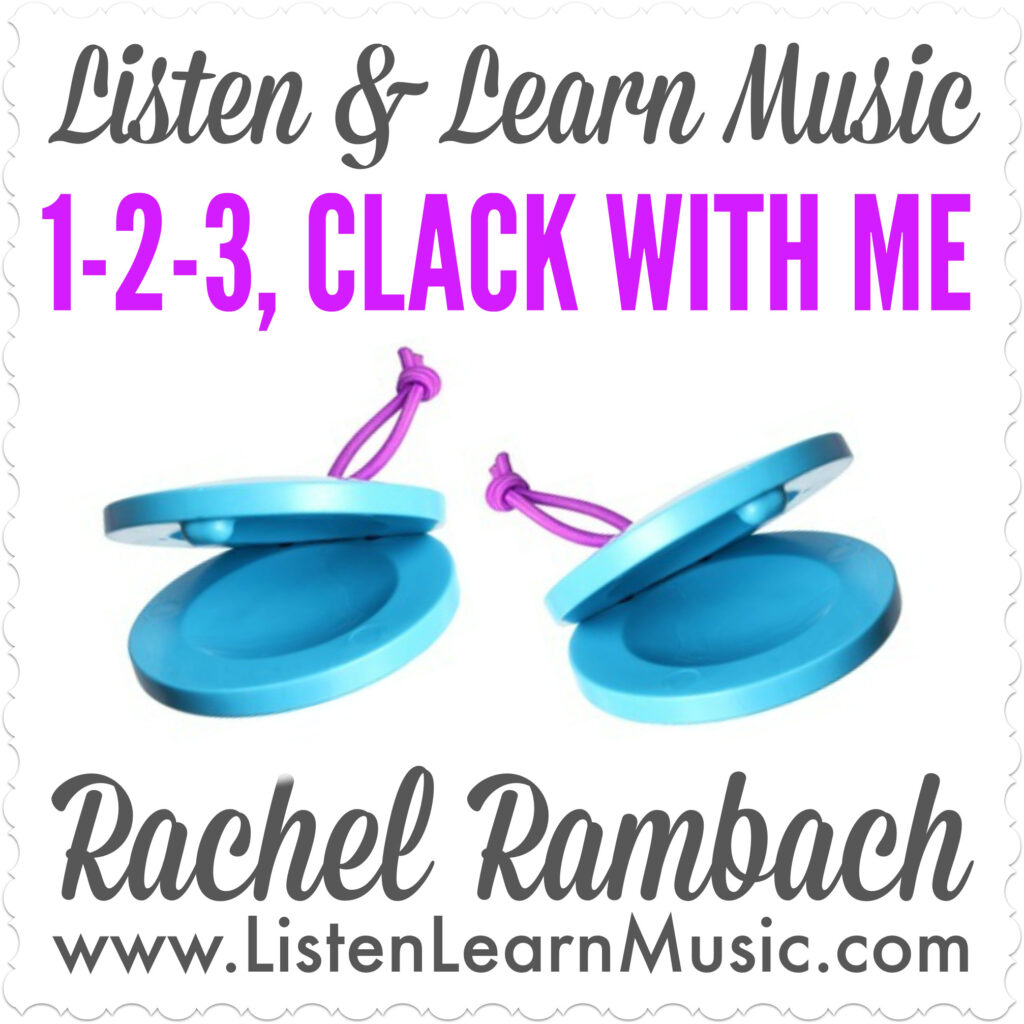
Every time we get in the car, my 2-year-old son Parker asks for “mama songs”. I have about 200 of ’em loaded up on my phone, but his favorite album is a collection of songs from one of my past early childhood class sessions.
I’ve listened to that album so often that I catch myself humming the songs at random times throughout the day, especially this one. It’s all about playing the — you guessed it — castanets.
I use castanets all the time in both my music therapy sessions and classes because they are so useful for addressing fine motor skills. Plus they make a lot of noise, and that seems to be an important qualification for a well-liked instrument ;)
I also address other goals with this song, including counting to 3, learning directions (up and down), crossing the midline, and keeping a steady beat.
Did you know that you can receive a DOWNLOAD of each new Listen & Learn release (mp3, lyrics/chords, and instrumental track when applicable) emailed directly to your inbox, including this one?Click here to learn how.







